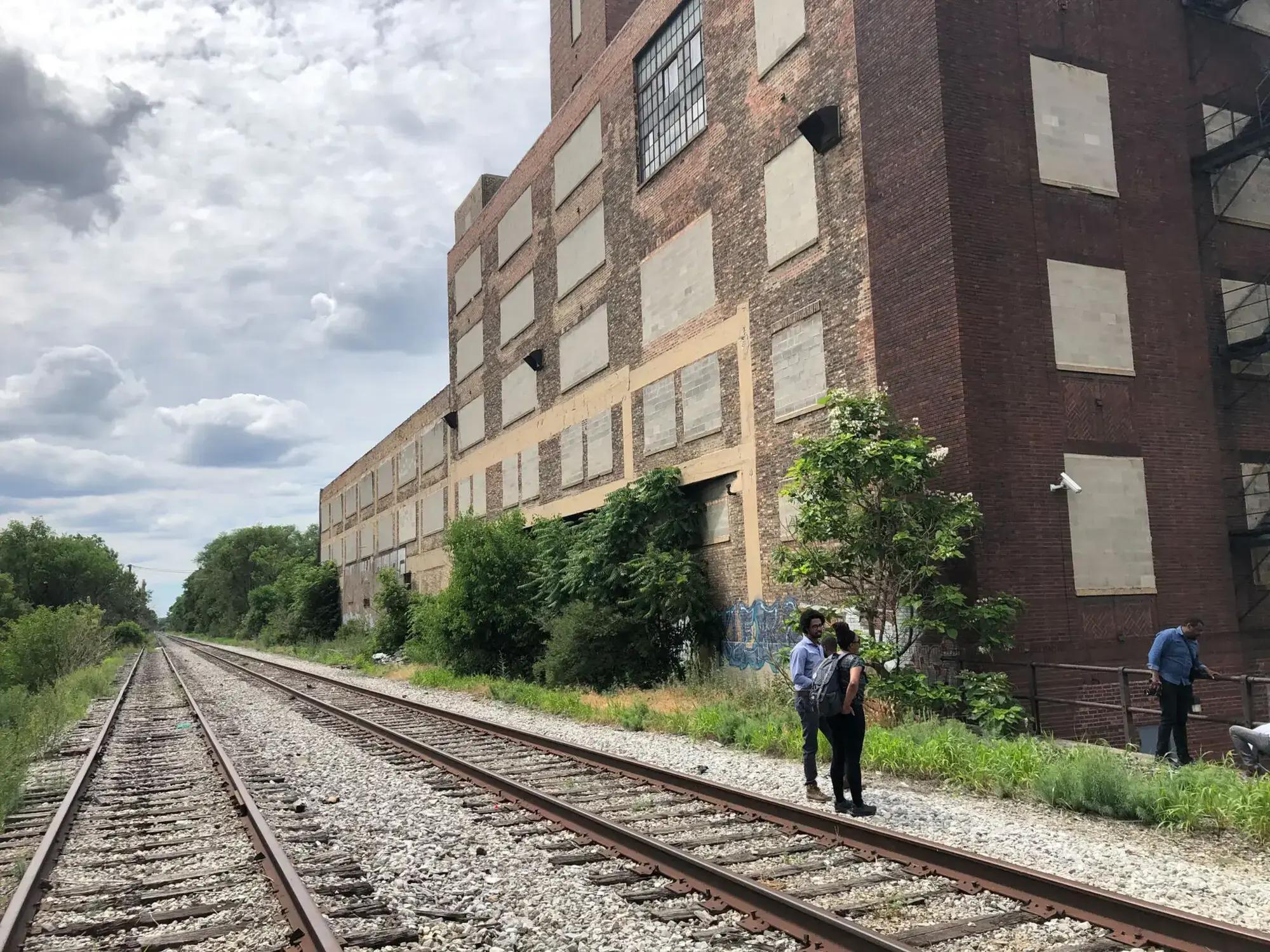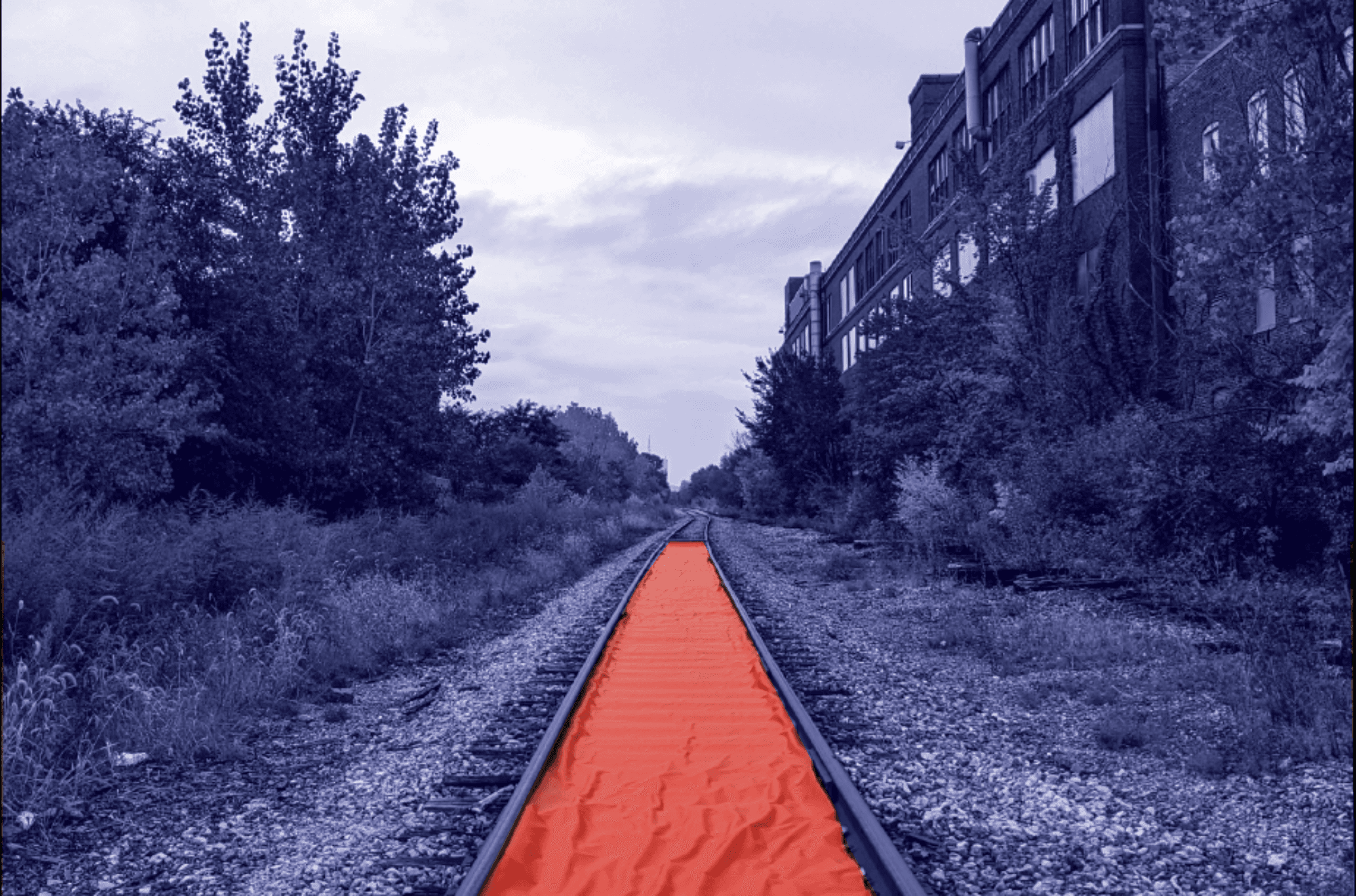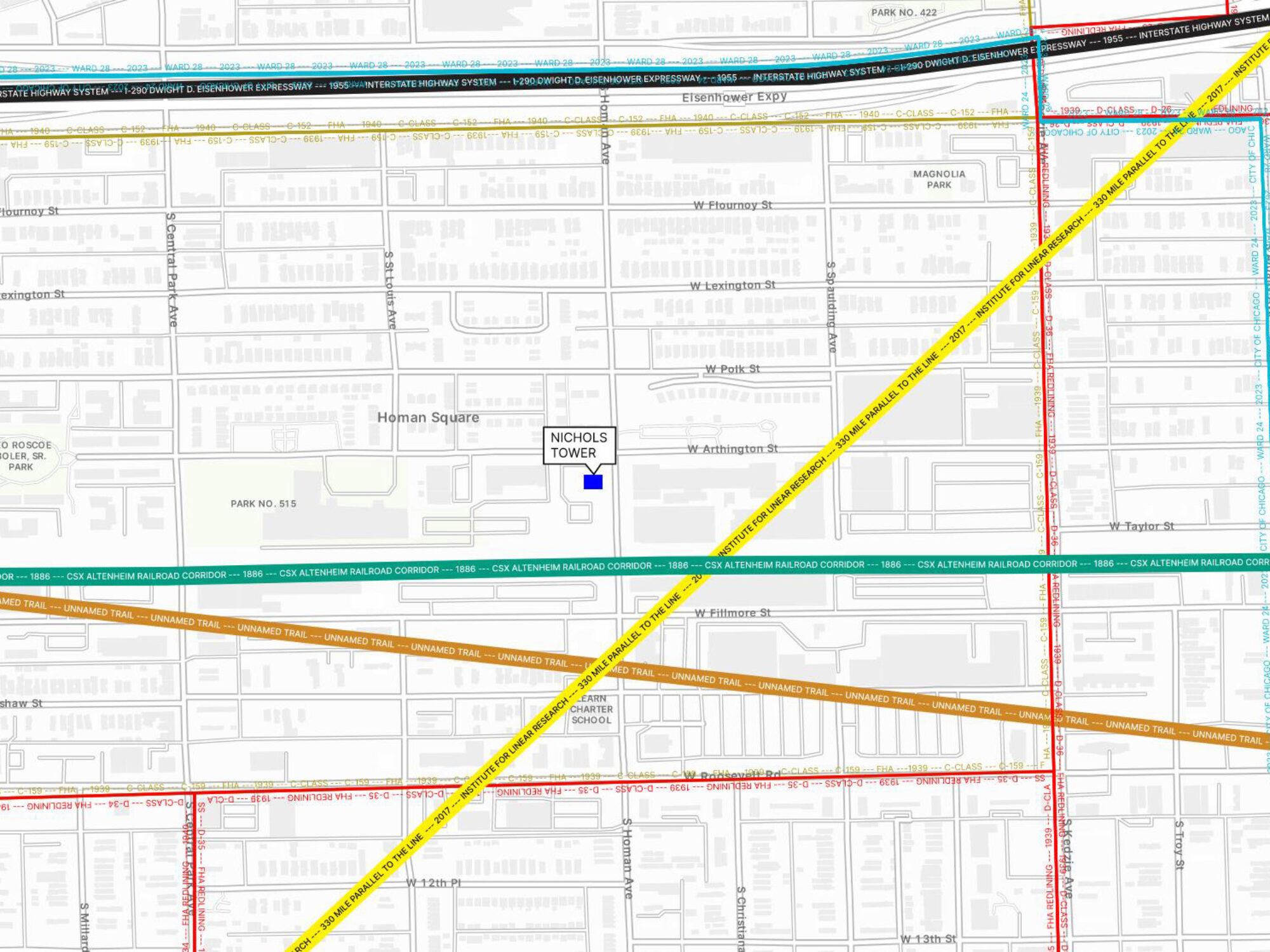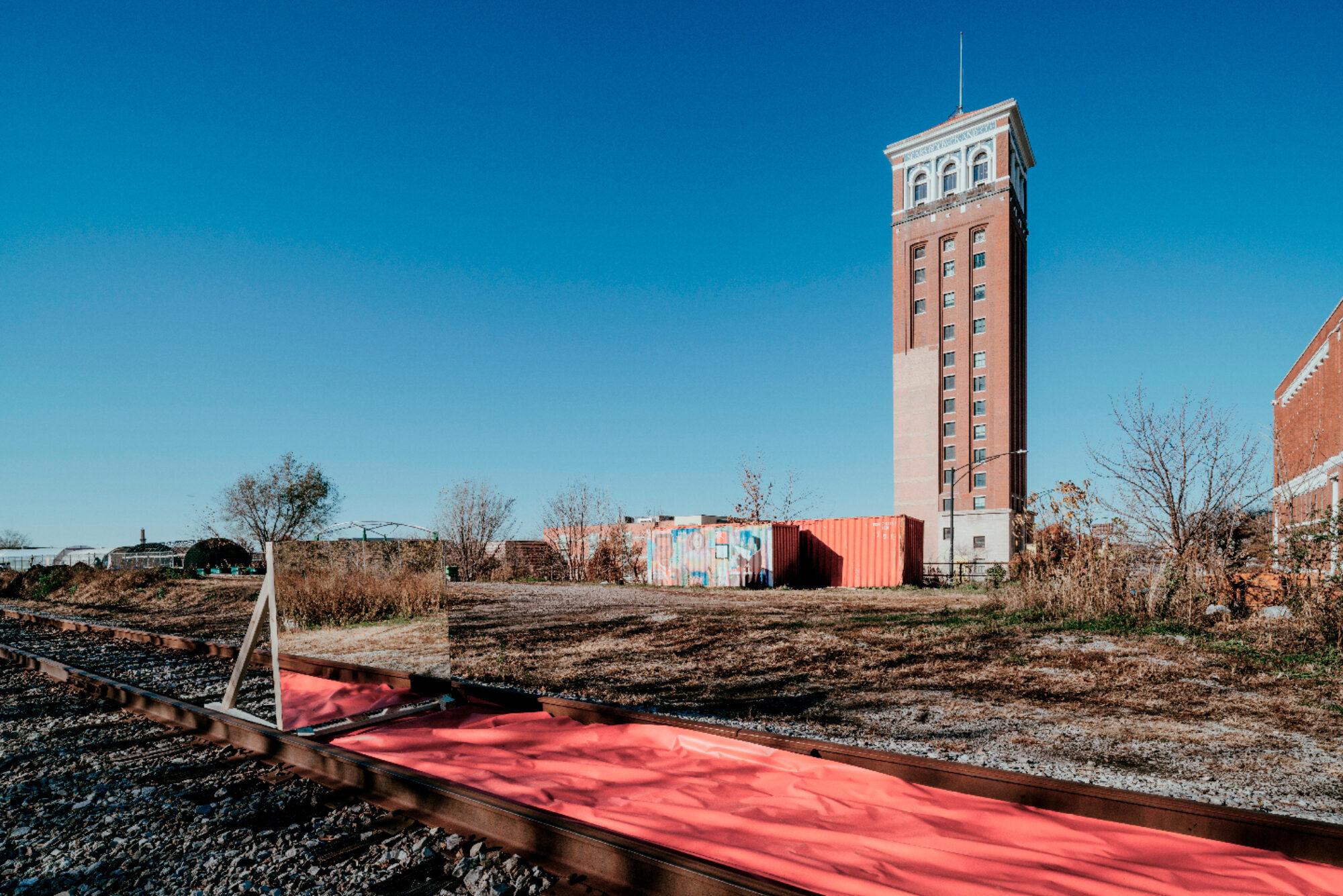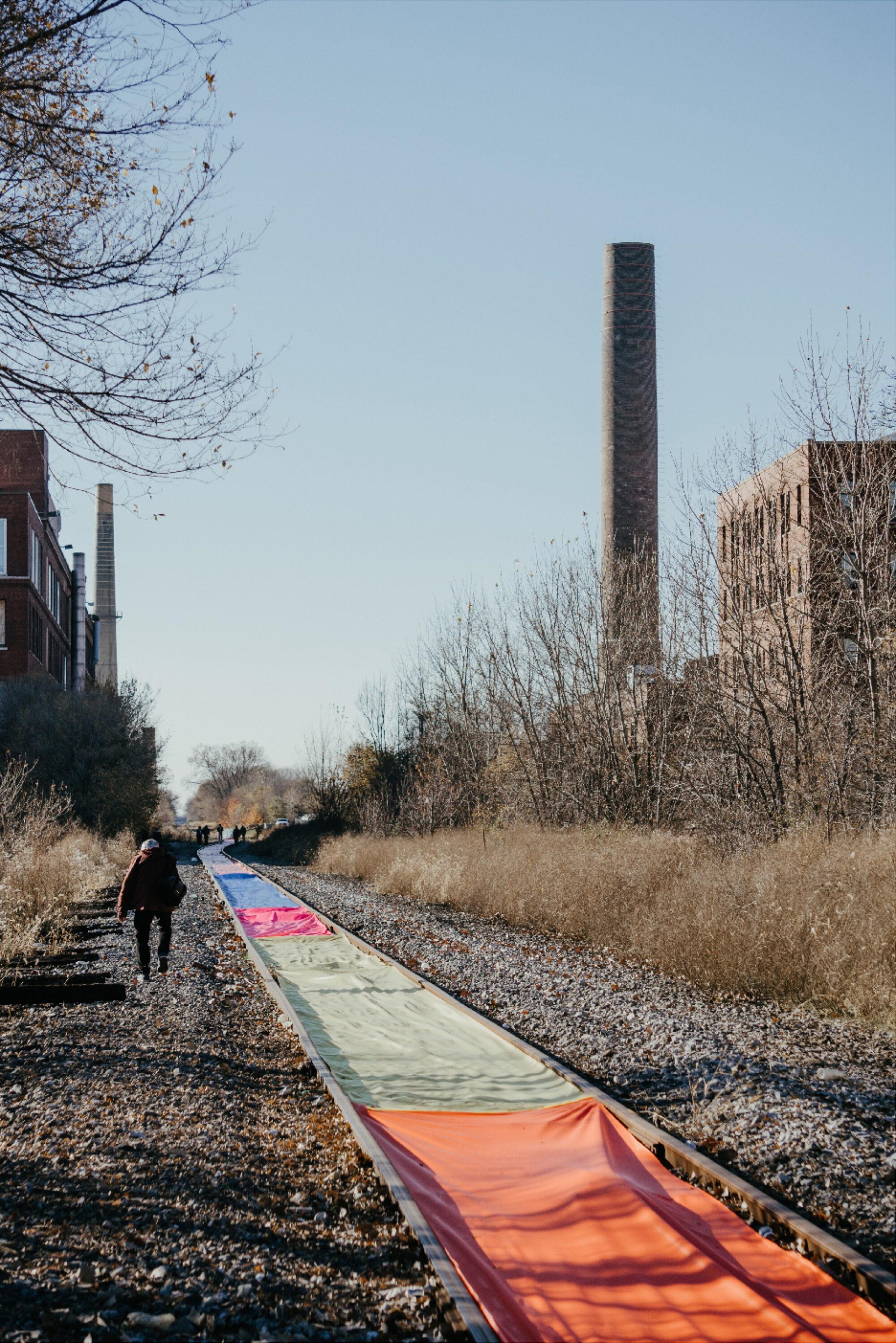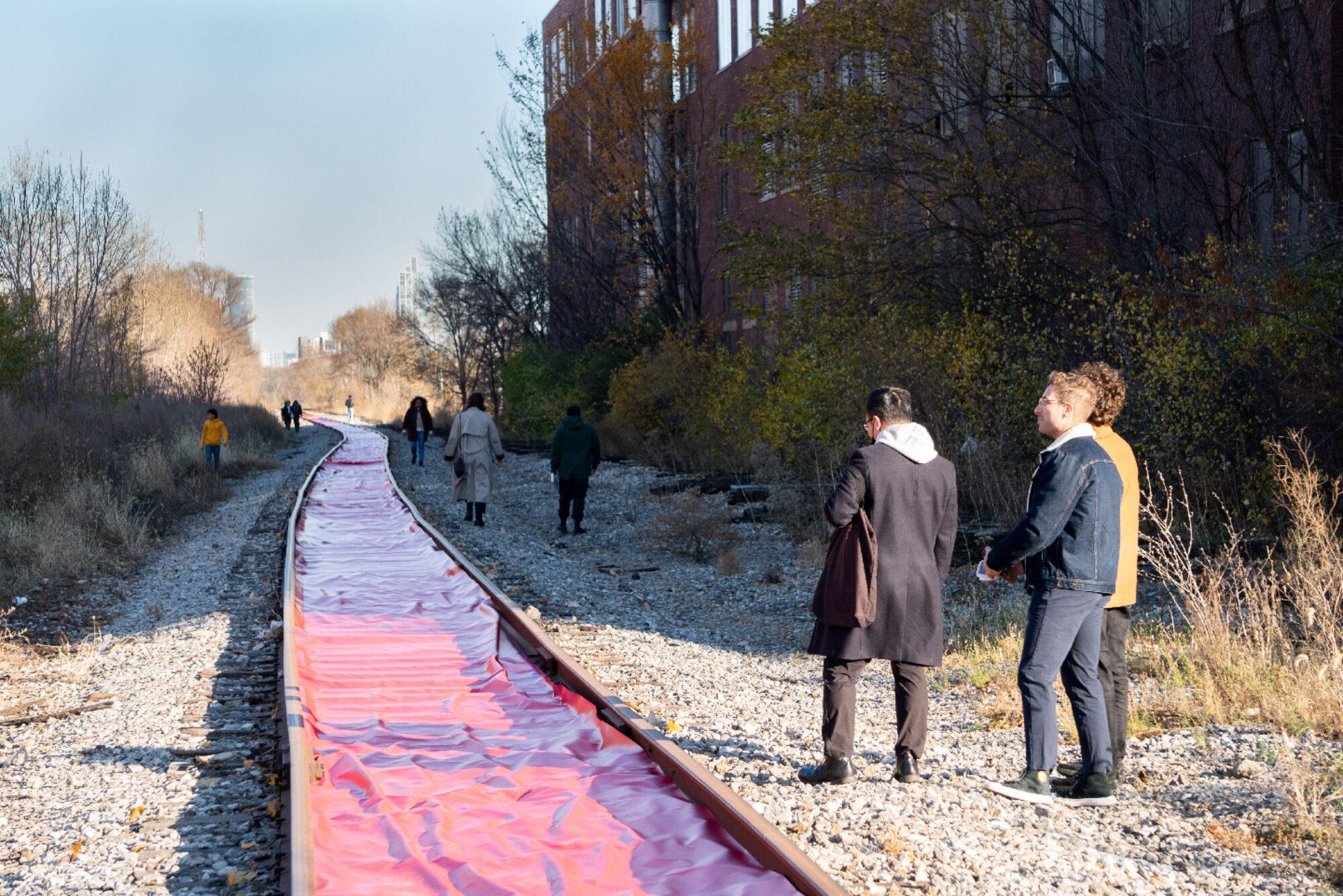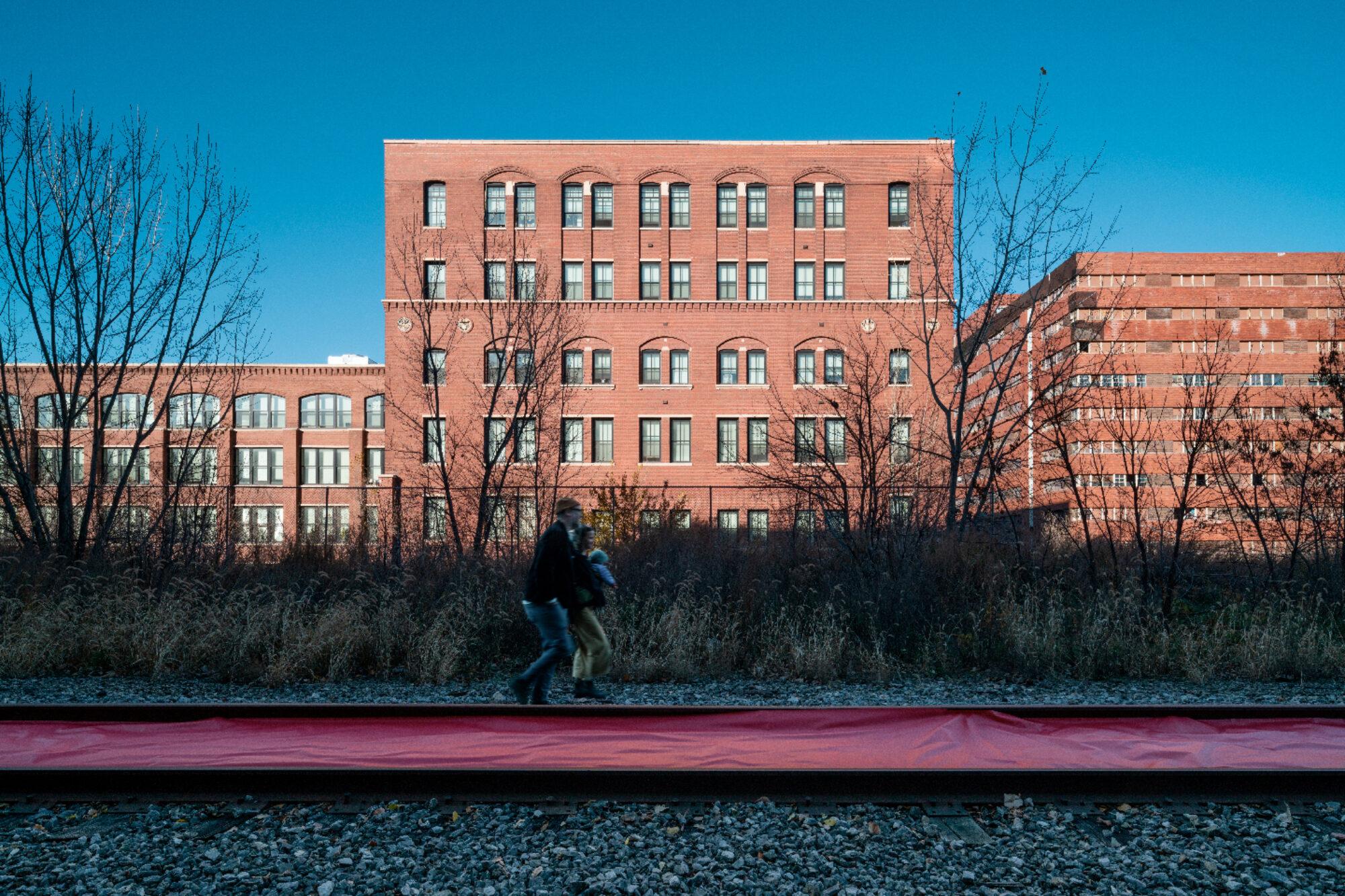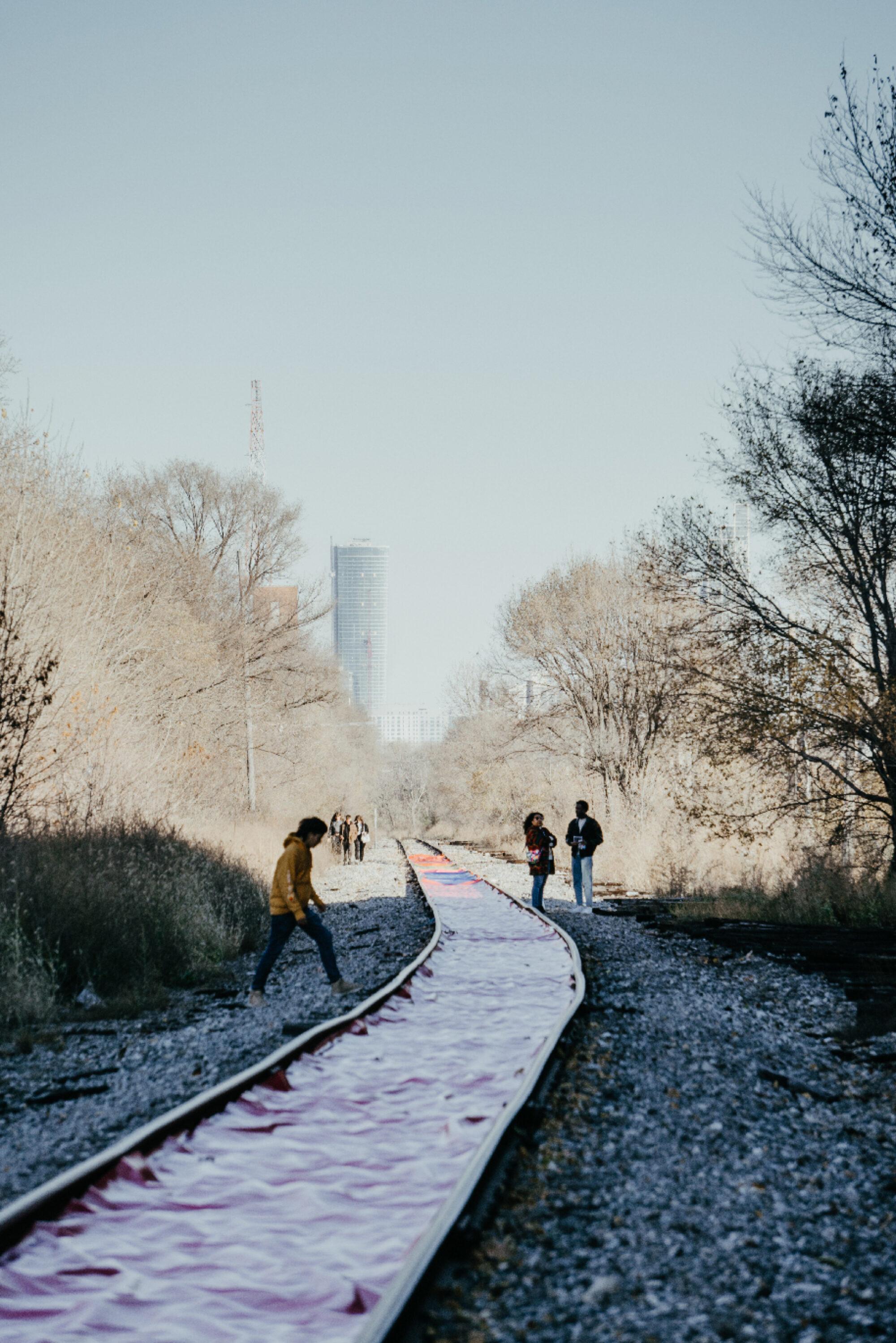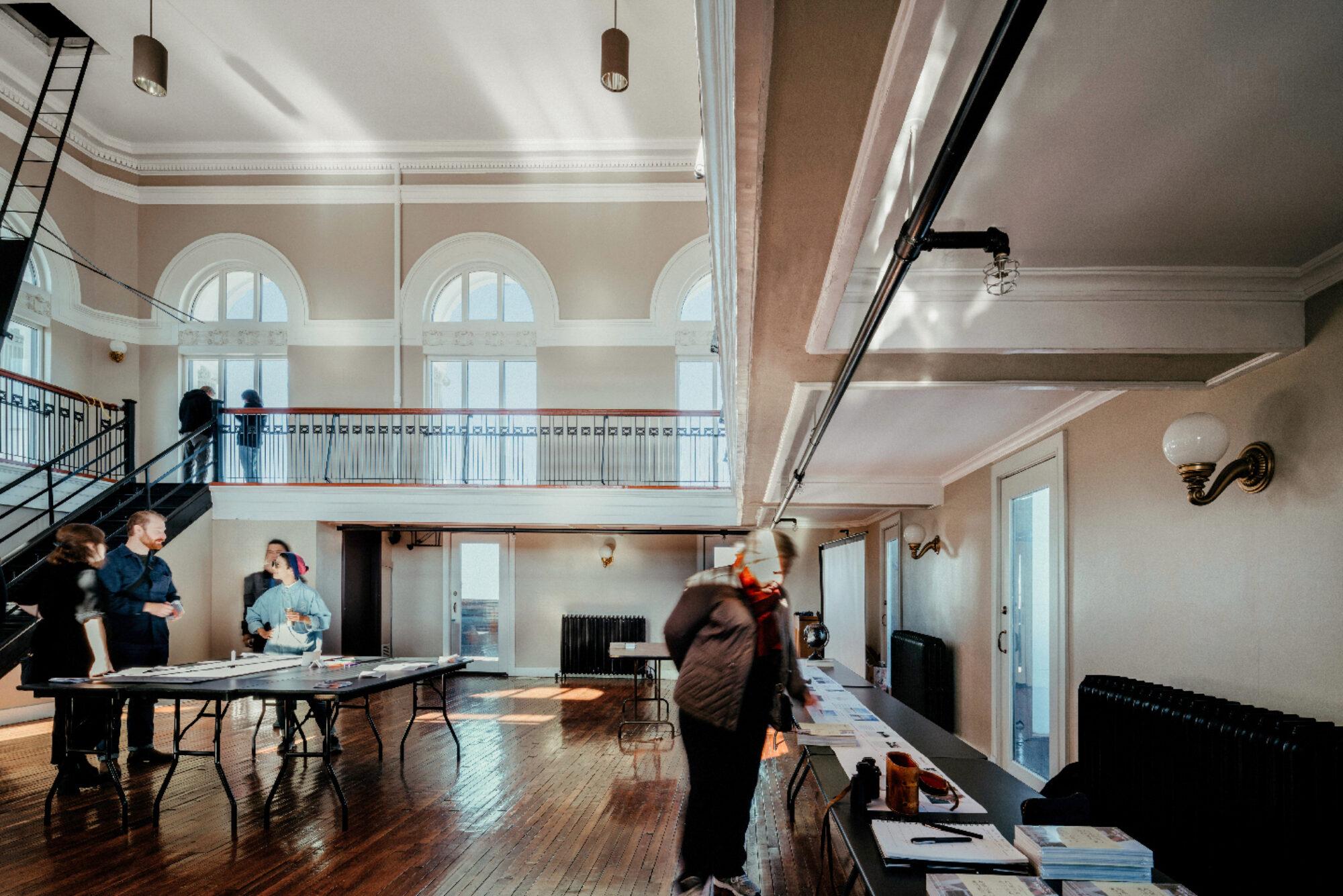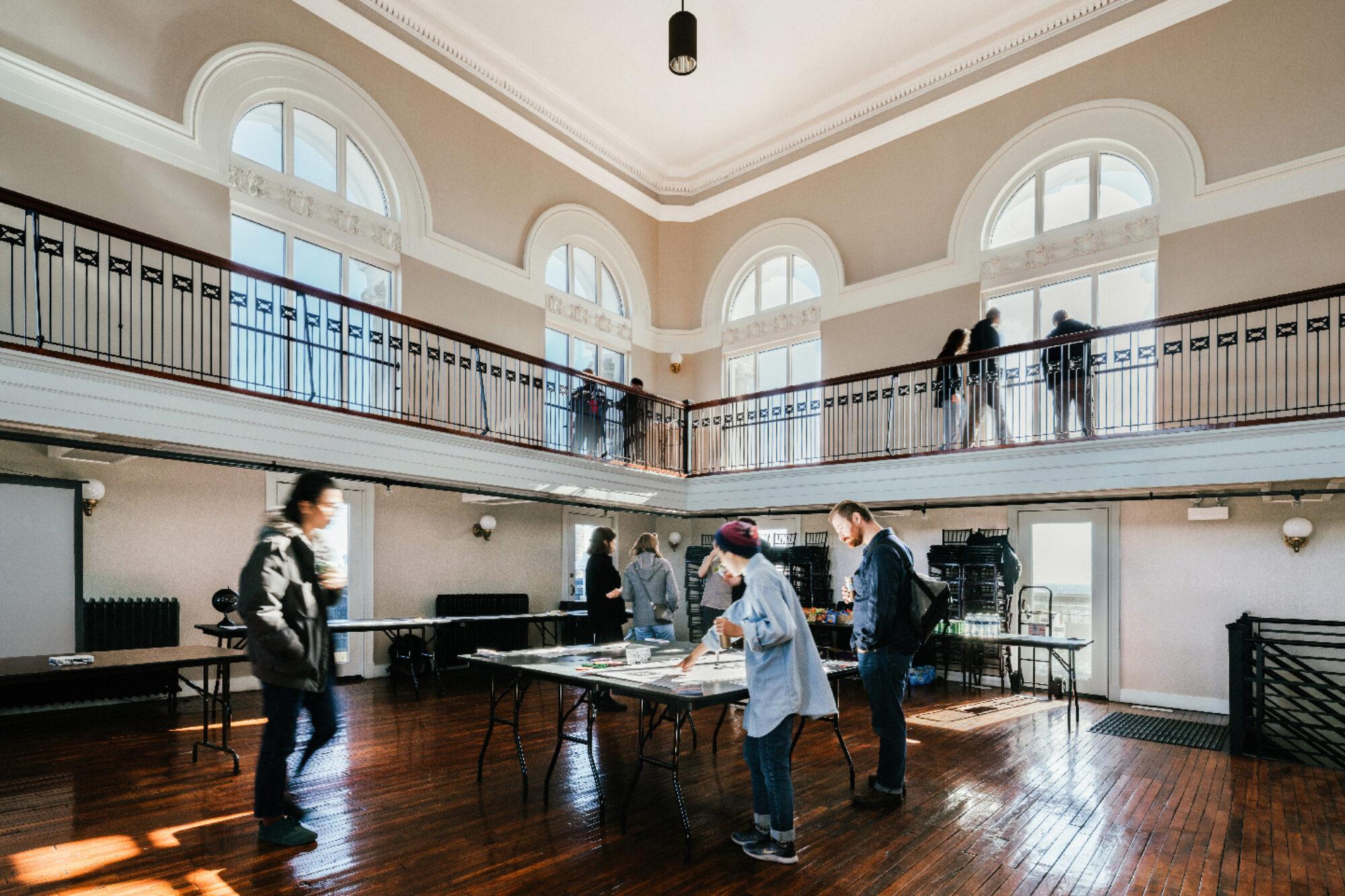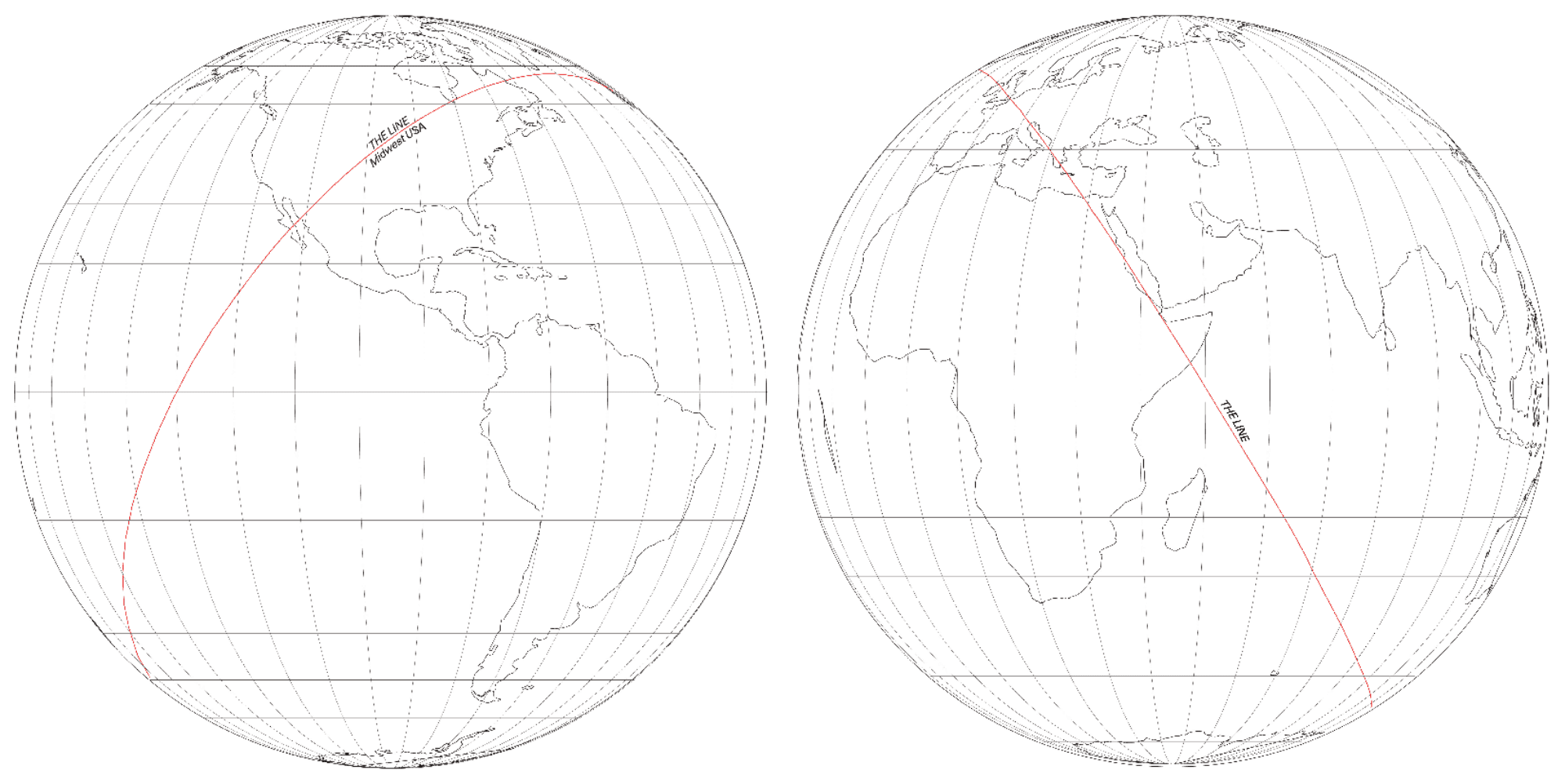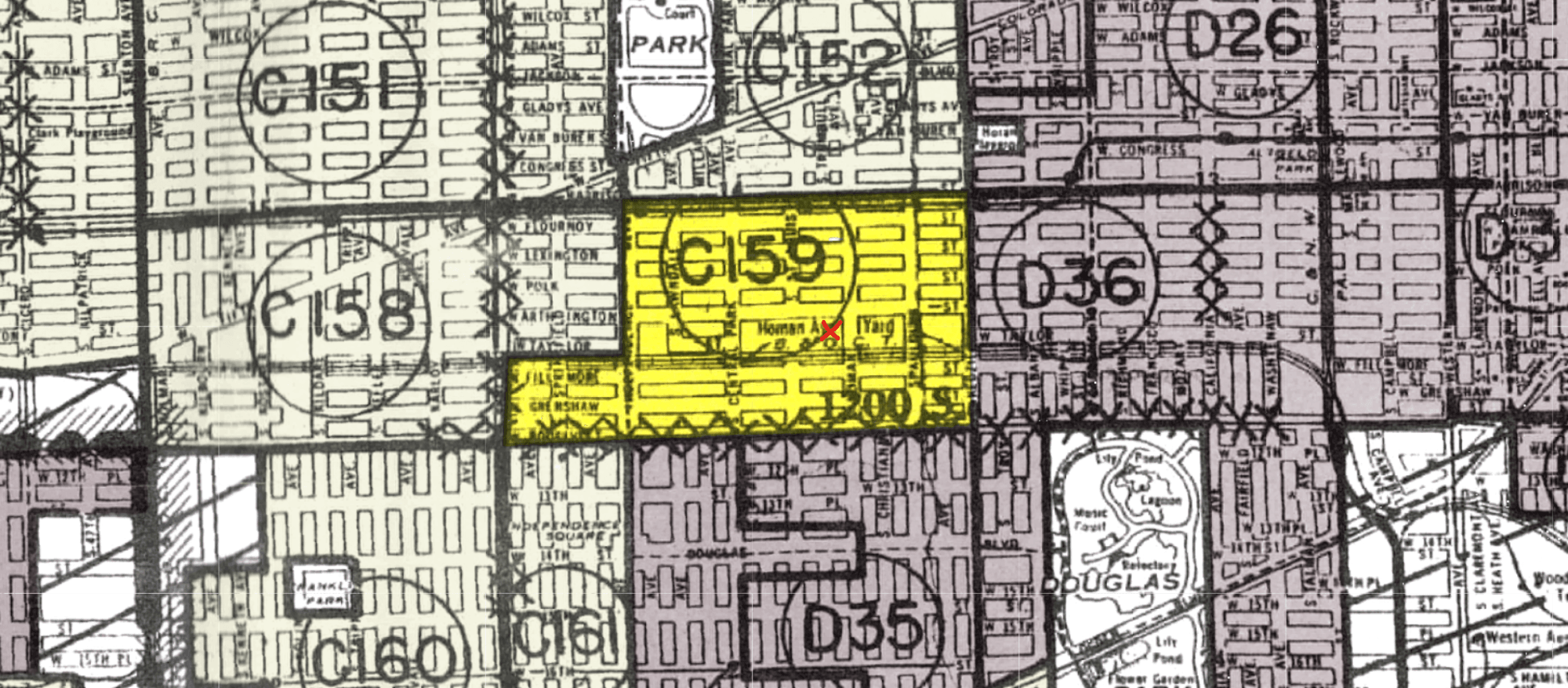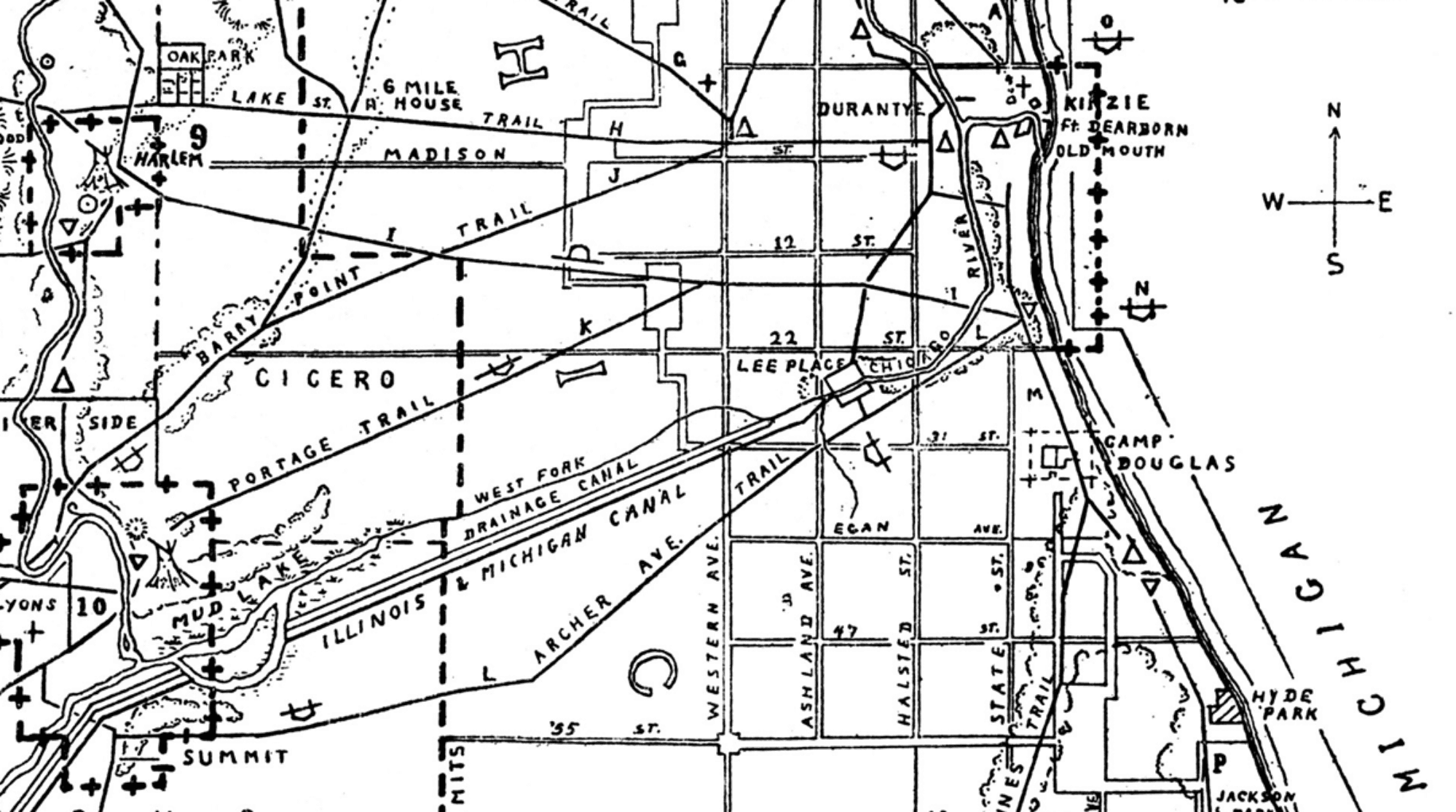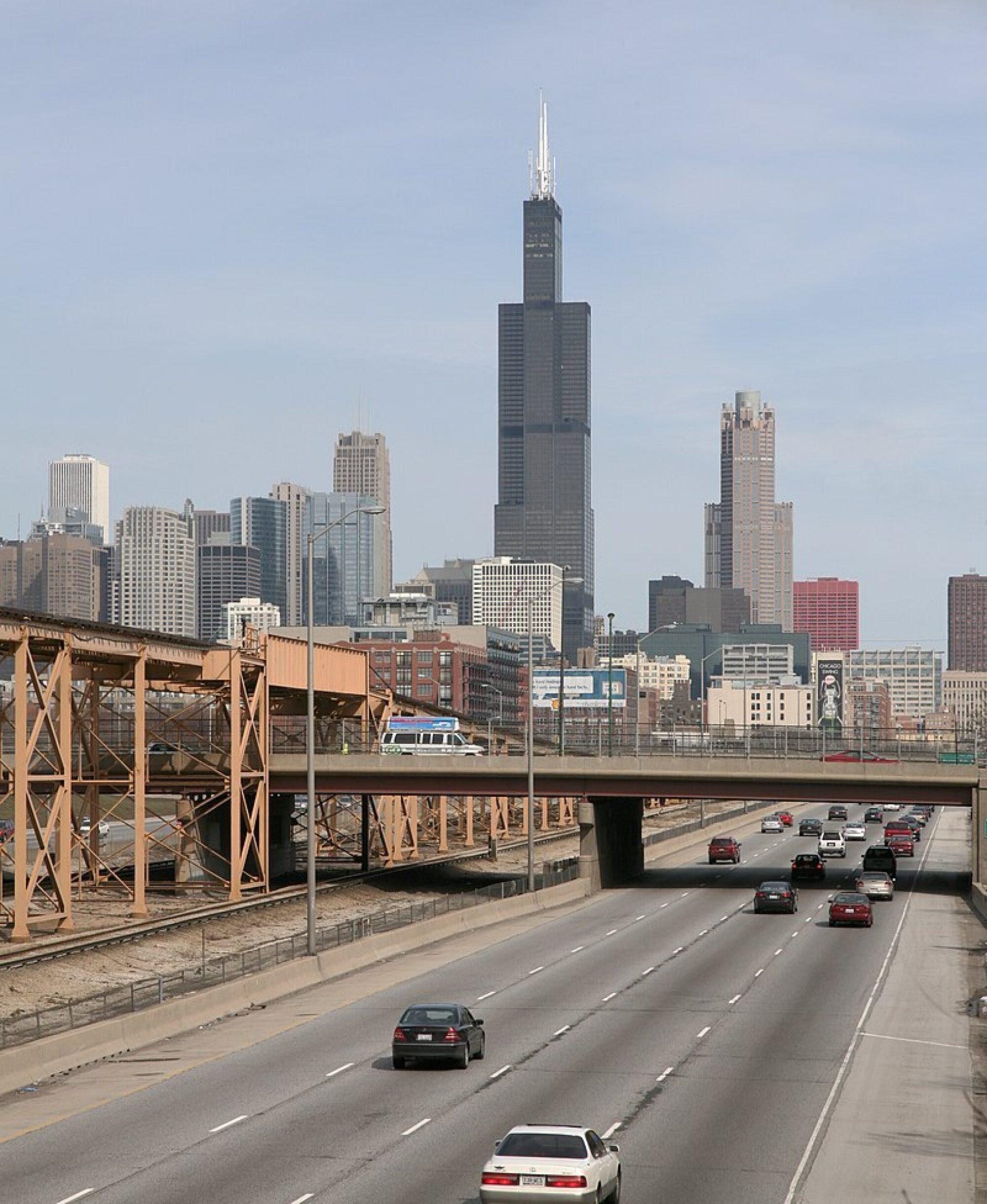1 Altenheim Line Framework Plan
The Altenheim Line Framework Plan centers on the elevated freight rail running through the North Lawndale and Garfield Park community areas, creating the framework for a future “rails and trails” park. The Framework Plan guides industrial & commercial development and a residential housing strategy to bring new vibrancy and stability to the neighborhood and avoid the displacement pressure that has occurred around previous amenities like the 606. The rail is owned by CSX Transportation, constructed in 1886. Access to the route was key for Sears, Roebuck, and Company, whose campus was constructed right along the rail’s right-of-way. The “Altenheim Line” is a placeholder name for the future rails and trails project, borrowing the name of this segment of rail that runs through Homan Square. See more about the history of the historic campus here: https://www.madeinchicagomuseum.com/single-post/sears-roebuck/
